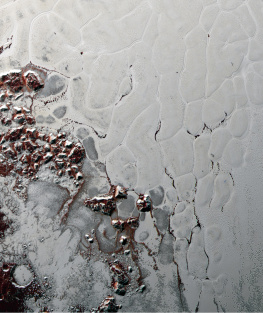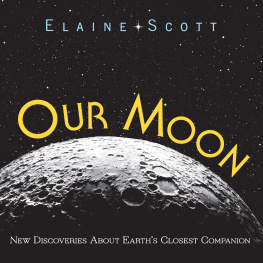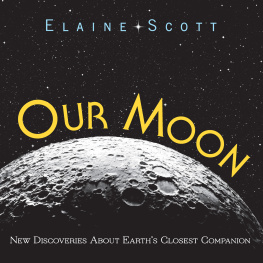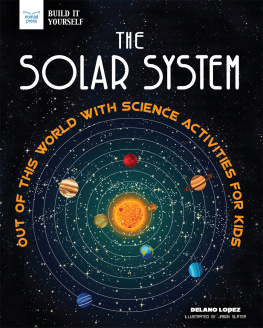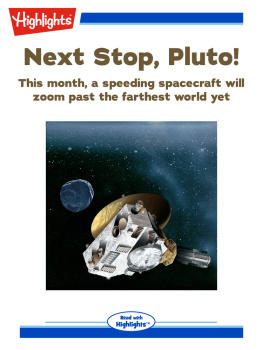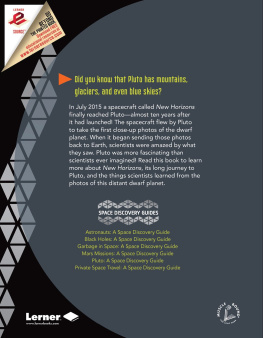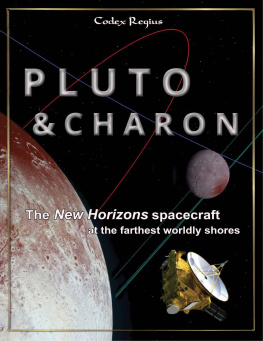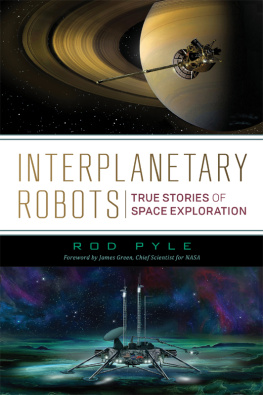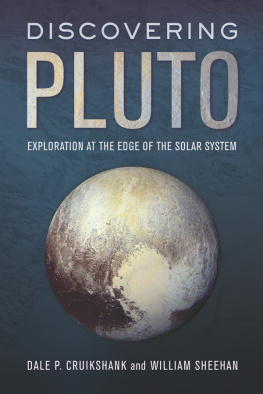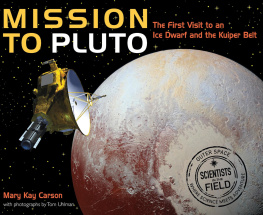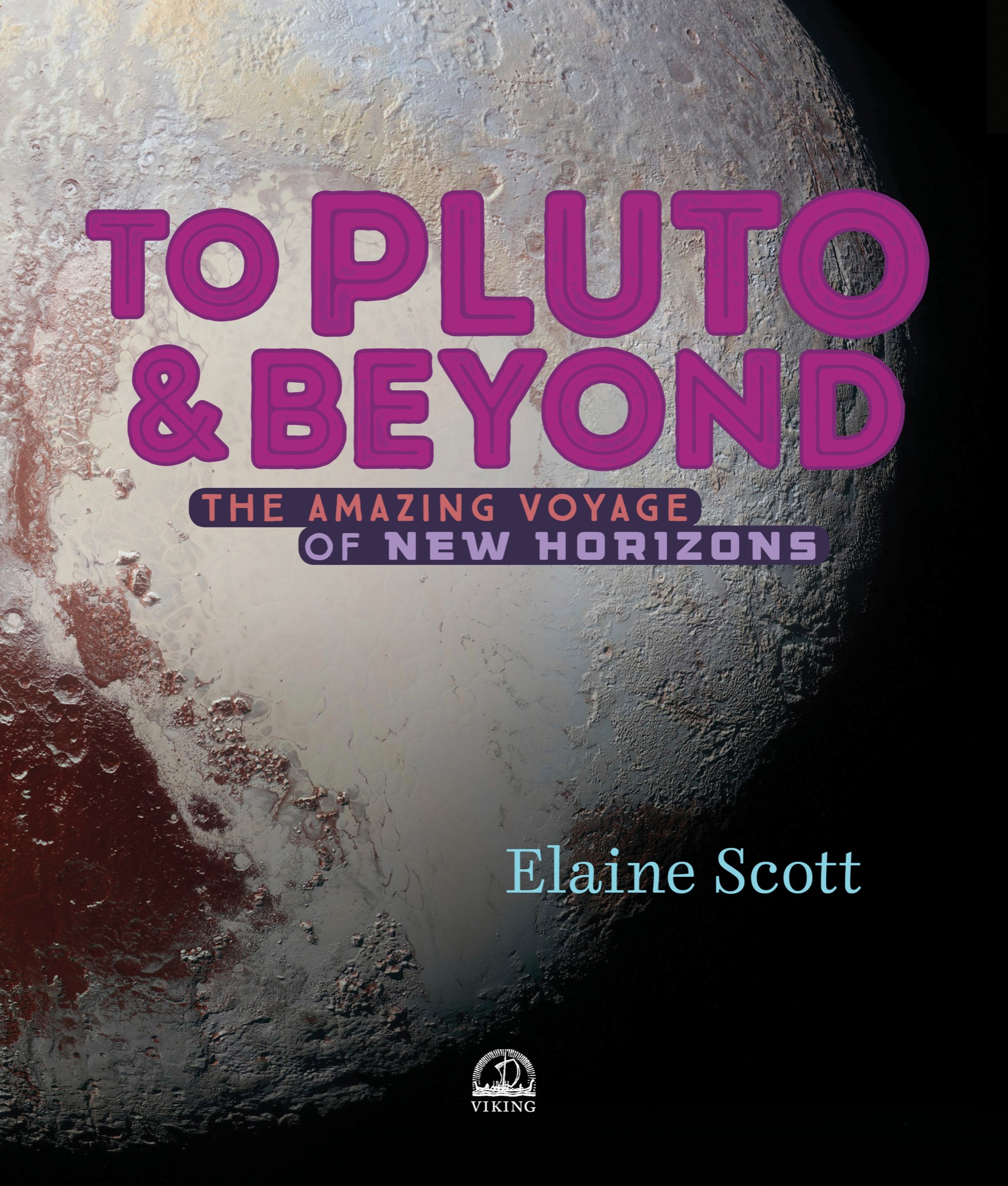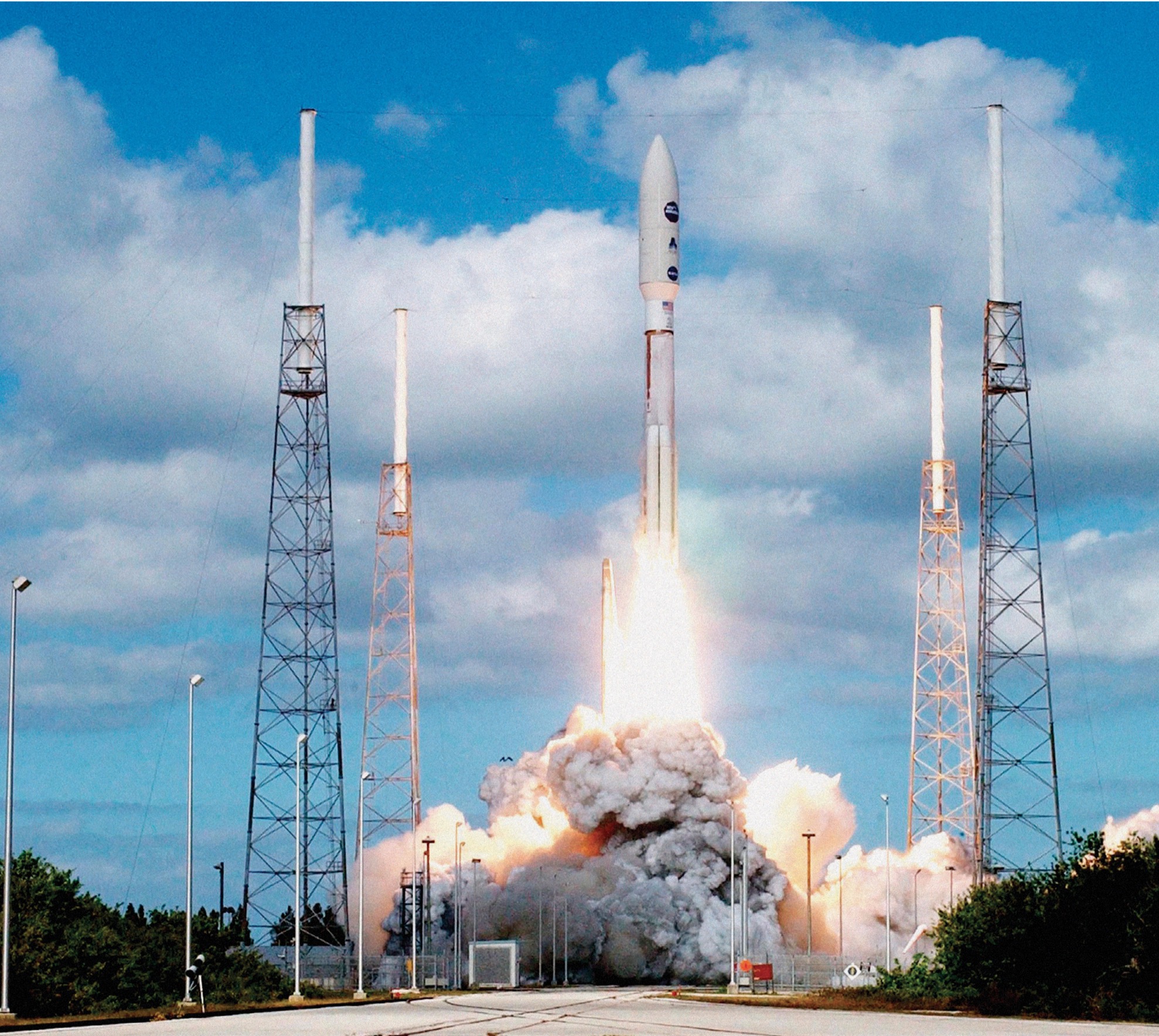INTRODUCTION
The Atlas 5 rocket that launched New Horizons, with its boosters, weighed 2,451,810 pounds at launch and was 196 feet tall.
ON JANUARY 19, 2006, at precisely 2:00 p.m., a spacecraftthe fastest ever launched from Earthroared off Complex 41 at the Cape Canaveral Air Force Station in Florida. In forty-two minutes it was traveling at an astonishing 36,373 miles (600 kilometers) per hour, streaking past Earths moon in less than nine hours! (By comparison, in 1969, it took Neil Armstrong and the crew of Apollo 11 three days to get there.) Its name was New Horizons, and the moon was not its destination. It was headed much fartherall the way to Pluto, which is 3,060,000,0003.06 billionmiles (4.9 billion kilometers) away. The unmanned spacecraft was in a hurry. Pluto was waiting to be explored, and timing was important.
Actually, Pluto was not waiting. It was on the move. Like all celestial bodies in our solar system, Pluto travels in an orbitor patharound the sun. However, unlike the planets in Earths solar system, which orbit the sun in an almost circular path, Plutos pattern is a tilted oval. Usually Pluto is farther away from the sun than any of the planets. But because of the shape of its orbit, sometimes it moves nearer to the suneven closer than Neptune, the next closest planet. Pluto moves at an average speed of 10,600 miles (17,000 kilometers) per hour, so it takes about 248 years to make one orbit of the sun. Earth races compared to Pluto, traveling 67,000 miles (107,900 kilometers) per hour and taking only a single year to complete its orbit.
The long, complicated journey was planned to carry New Horizons to the edge of our solar system and beyond.
At the time New Horizons launched, Pluto was speeding away from the suns warmth. Things were getting colder on the icy space rock. Soon its thin atmosphere, which scientists were eager to study, would freeze and fall to the ground as snow. Not only would this snow cover up interesting surface features, it would also make the atmosphere itself more difficult to study as Pluto entered into its cold phase, which lasts for many years, and not months as winter does on Earth.
Not only was it getting colder, it was also getting darker, as Pluto moved away from the suns light. There were wonderful cameras on board New Horizons, but cameras need light in order to take clear pictures. Astronomers on Earth were eager to see good pictures of Pluto and its largest moon, Charon, in order to map their surfaces.
An image of Pluto and its moon Charon, taken by the Hubble Space Telescope, February 21, 1994. At the time, this was the best picture of Pluto ever taken.
Timing was important, too. Planetary scientists can calculate exactly where all the planets are at any time as they travel around the sun. New Horizons needed to launch at a time when it could pass close to Jupiter as it made its way toward Pluto. By flying close to the gas giant, New Horizons would get a speed boost from Jupiters gravity. If New Horizons missed this opportunity for the gravity assist, as NASA (National Aeronautics and Space Administration) calls it, it would take the spacecraft an extra three to five years to reach Pluto.
The time was right, and the spacecraft was ready. No one wanted to wait. The best time to launch was January 2006. After years of careful planning, New Horizons was ready to boldly go where no spacecraft from Earth had ever been before.
A BOUT N EW H ORIZONS
NEW HORIZONS SEEMS an appropriate name for this mission to Pluto, since horizon usually means the limit to how far we can see. For example, on Earth, the horizon is the line where land or sea meets the sky. Because of the curvature of the Earth, human eyes cannot see beyond that point. Due to this natural limit to their vision, some early human societies concluded that the Earth was flat and stopped at the horizon.
Fortunately, it is the nature of humans to be curious about their world. This curiosity led the ancient Greeks to discover that the Earth was round. Then, in the seventeenth century, English physicist and mathematician Sir Isaac Newton realized that some force must be acting to make objects fall to the earth and keep them there, and to keep the moon from flying away from the Earth. He called that force gravity.
With each new discovery, the horizon of scientific knowledge expanded. And New Horizons was designed to push the boundaries of our knowledge about Pluto and the other objects in our solar system beyond anything anyone had ever known.
Dr. Alan Stern is the missions principal investigator. He remembers becoming interested in space science when he was around seven or eight years old. Born in 1957, he was eleven when he watched humans land on the moon in the Apollo program. That mission was when he knew he wanted to be part of space exploration. Now he is.

